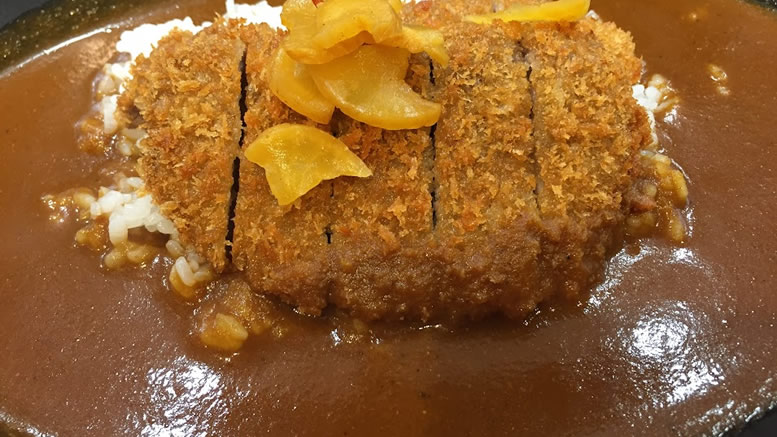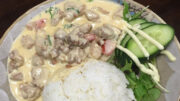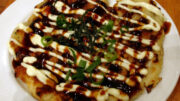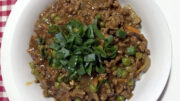Japanese curry, or “kare,” has an intriguing history that dates back to the late 19th century. Introduced to Japan by the British during the Meiji era, curry quickly found its place in the Japanese culinary landscape. Initially, it was a Western-style dish enjoyed by the elite, but over time, it was adapted to suit Japanese tastes, becoming a beloved comfort food for all.
The popularity of curry in Japan skyrocketed during the 20th century, thanks in part to its introduction into the Japanese Navy’s menu, where it was served to prevent beriberi, a disease caused by vitamin B1 deficiency. This association with nutrition and strength helped curry gain widespread acceptance. By the post-World War II era, curry had firmly established itself as a household favorite, often enjoyed with rice and a variety of side dishes.
The rise of curry-based restaurants played a significant role in popularizing this dish. Chains like CoCo Ichibanya, Go Go Curry and Matsuya became famous for their delicious and customizable curry offerings. CoCo Ichibanya, in particular, is known for allowing diners to choose their spice level and toppings, creating a personalized curry experience. These restaurants have become landmarks for curry lovers, offering a myriad of curry dishes that cater to diverse palates.
The widespread love for curry also spurred the growth of an industry dedicated to curry roux production. Companies like S&B and House Foods have been producing curry roux products such as Golden Curry and Vermont Curry, making it easy for home cooks to recreate this beloved dish. These products simplify the process of making curry, providing a rich, flavorful base that can be customized with various meats, vegetables, and spices.
Versatility and Pairings
Japanese curry roux is incredibly versatile and pairs well with a wide range of ingredients. It is traditionally served with rice, creating a comforting and hearty meal, but it can also be enjoyed in various other ways. Classic additions to Japanese curry include root vegetables like potatoes and carrots, which absorb the curry’s rich flavours and add a delightful texture. Beyond the traditional curry rice, it can be paired with udon noodles, creating a satisfying curry udon dish. Breaded pork or chicken cutlets (katsu curry) are another popular addition to the top of your curry, combining the crispy texture of the cutlet with the savory curry sauce. Curry roux can even be used as a filling for savory pastries, offering a unique twist on traditional snacks.
Restaurants like CoCo Ichibanya and Matsuya offer extensive menus that showcase the versatility of curry, featuring dishes like curry cheese fondue and curry-topped omelets, inspiring home cooks to experiment with their own creations. Another beloved variation is hamburg curry, where a juicy hamburger patty is served with a generous helping of curry sauce, blending Western and Japanese flavors. The adaptability of Japanese curry roux makes it a staple in many kitchens, encouraging culinary creativity and innovation. Whether enjoyed in a restaurant or at home, Japanese curry continues to evolve, delighting palates with its rich, complex flavors.
Home cooks can take inspiration from the menus of restaurants like CoCo Ichibanya and Matsuya, experimenting with different ingredients and serving styles. Popular curry roux products like Golden Curry, Java Curry and Vermont Curry are widely available in the Asian sections of most supermarkets, making it easy for anyone to bring the flavors of Japanese curry into their own kitchen.





